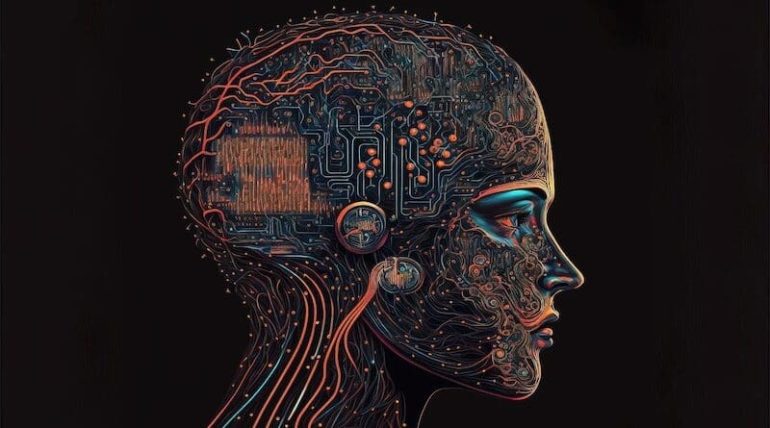- AI’s role in generating art and text is not new, but its autonomy has increased.
- Modern AI programs can independently create high-quality content within predefined parameters.
- The quality and application of AI-generated content have significantly improved, raising ethical concerns.
- AI is broadly defined as developing computer systems that perform tasks requiring human intelligence, encompassing technologies like machine learning and natural language processing.
- Generative AI programs like DALL-E, ChatGPT, and others create content based on user prompts and are trained on massive datasets of existing works.
- The legal question of who owns AI-generated content—whether copyright, patent, or trademark applies—is unresolved.
- The use of LLMs and internet scraping raises debates on whether this practice constitutes fair use or requires compensation to original content owners.
- The analogy of a pen manufacturer not owning the content created with their tools questions whether AI should be treated differently.
Main AI News:
Using computers to create art and text isn’t new; it has been a part of the creative process since the 1970s. What’s groundbreaking today is the level of autonomy these computers now have. Modern AI programs can generate content independently without requiring direct input from programmers, though they still operate within certain predefined boundaries.
In addition to increased autonomy, the quality of AI-generated content has improved significantly. The way this content is utilized has also shifted, sometimes in ways that raise ethical concerns. This development represents the forefront of artificial intelligence or AI.
According to Coursera, a leading online learning platform, AI is the development of computer systems capable of performing tasks that traditionally require human intelligence, such as speech recognition, decision-making, and pattern recognition. AI is a broad term encompassing various technologies, including machine learning, deep learning, and natural language processing.
A report by the Congressional Research Service titled “Generative Artificial Intelligence and Copyright Law” offers a more specific perspective. It discusses “generative AI” programs like OpenAI’s DALL-E and ChatGPT, Stability AI’s Stable Diffusion, and Midjourney, which can create new images, text, and other content based on user prompts.
These AI systems are trained on vast datasets of existing texts, photos, paintings, and other creative works. For example, generative pre-trained transformers (GPTs) are large language models that use extensive collections of internet content to generate text on virtually any topic. Paul McDonagh-Smith, a senior lecturer at the MIT Sloan School of Management, simplifies GPT as General-Purpose Technology.
Programmers develop generative AI by identifying patterns and relationships within these extensive datasets, similar to how autofill features work by making predictions based on established rules.
Conclusion:
The increasing autonomy and quality of AI-generated content present opportunities and challenges for the market. As AI systems continue to evolve, companies must navigate complex legal and ethical landscapes regarding content ownership and intellectual property rights. The unresolved questions surrounding copyright and fair use could lead to significant regulatory changes, impacting how businesses leverage AI in content creation. Companies that can adapt to these developments, ensuring compliance while maximizing the potential of AI, will likely gain a competitive edge in the market.

